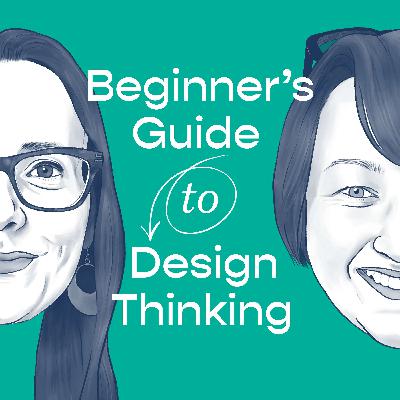Navigating Communication Styles for Better Outcomes from Design Thinking
Description
In this episode, Lucy and Tracy explore the critical role of communication in design thinking and collaboration.
They discuss various communication styles, the impact of neurodiversity, and the importance of creating inclusive spaces for effective communication.
The conversation emphasises the need for empathy, avoiding jargon, and fostering curiosity to enhance understanding.
They also provide practical tips for facilitating brainstorming sessions and ensuring clarity in communication, ultimately highlighting that effective communication is essential for innovation and teamwork.
key takeaways:
- Communication is often assumed to be easy until it isn't.
- There are four main communication styles: visual, verbal, written, and kinesthetic.
- Neurodiversity plays a significant role in how individuals communicate and process information.
- Creating safe spaces for questions enhances inclusivity in communication.
- Empathy is crucial in understanding different communication styles.
- Avoiding jargon can improve connection and clarity in communication.
- Curiosity should replace the word 'should' to foster innovation.
- Facilitators should set the tone for open communication by modeling vulnerability.
- Communication is not just about words; it's about making people feel heard.
Chapters:
00:00 The Importance of Communication in Design Thinking
02:52 Understanding Communication Styles
05:41 Neurodiversity and Communication
08:46 Creating Inclusive Communication Spaces
11:25 The Role of Empathy in Communication
14:20 Overcoming Jargon and Assumptions
17:07 Facilitating Effective Brainstorming Sessions
20:00 Designing for Clarity and Connection
23:02 Communication Do's and Don'ts
25:44 Final Thoughts on Communication and Innovation





